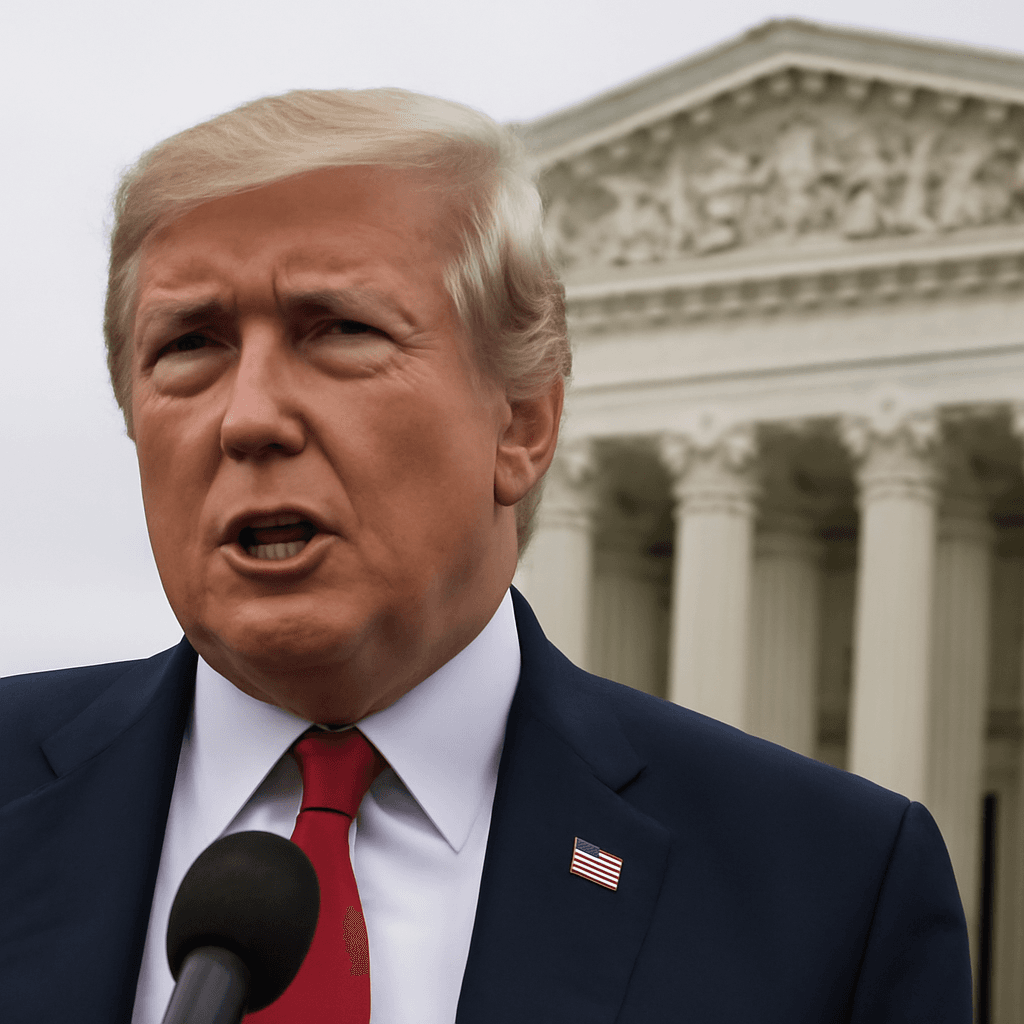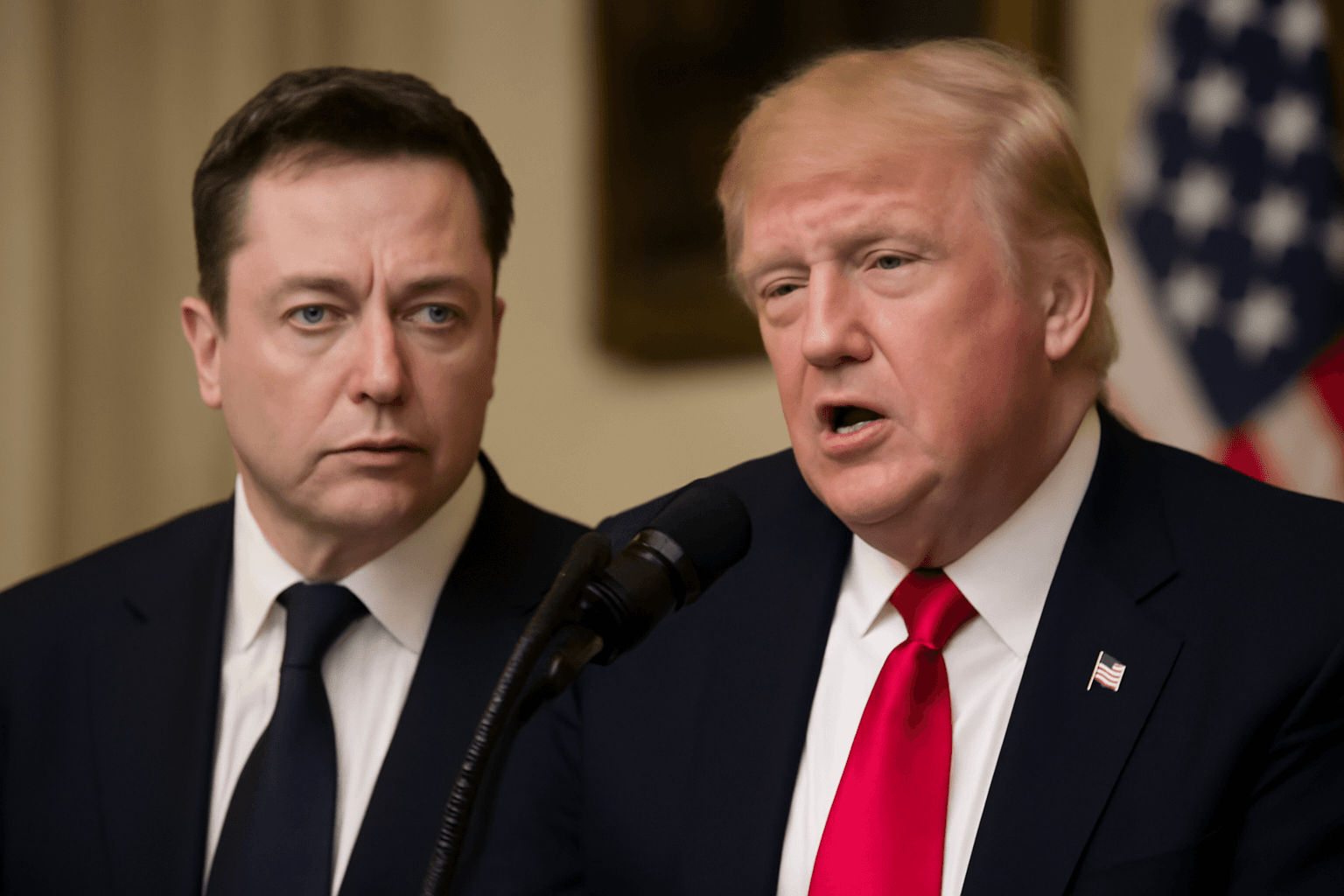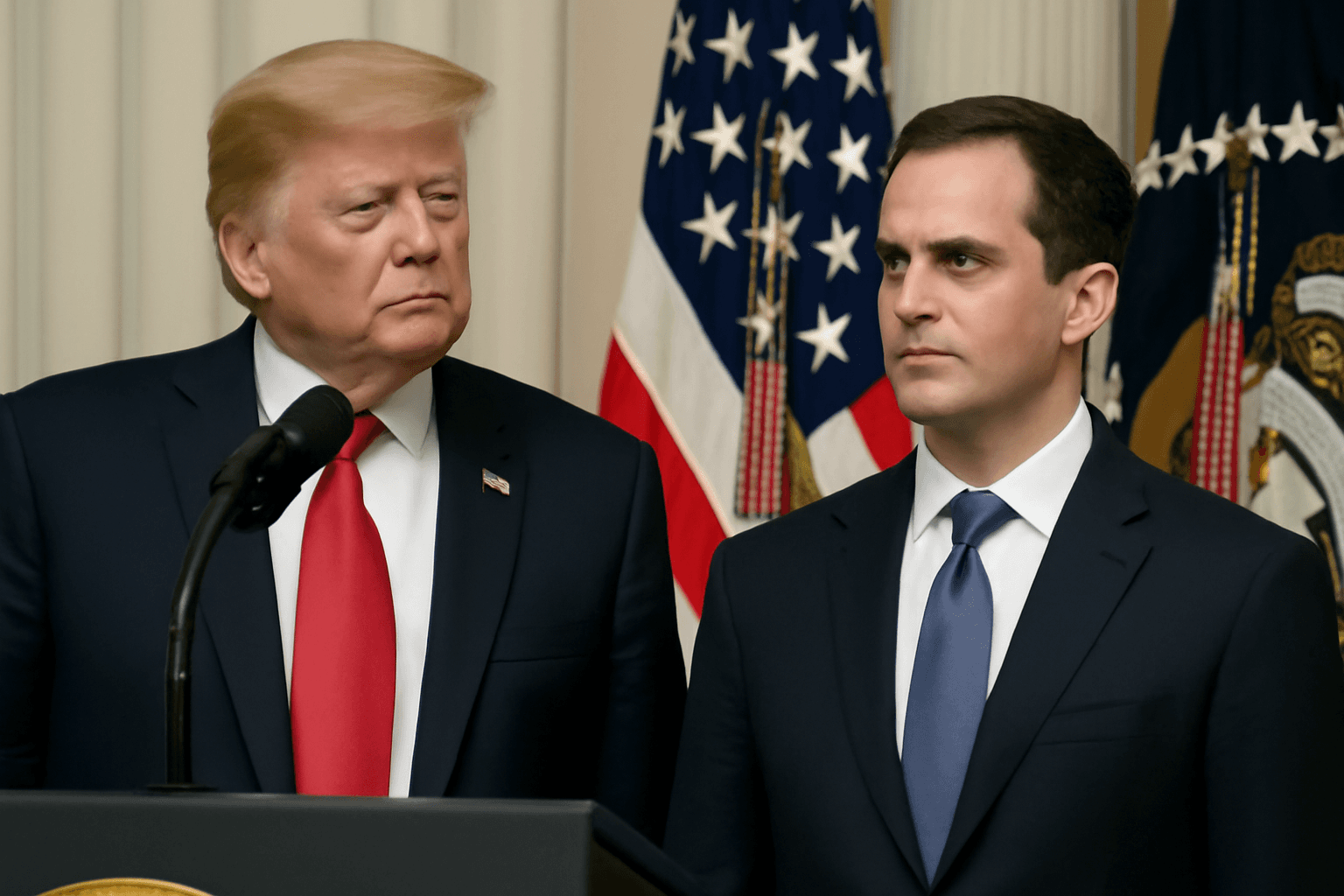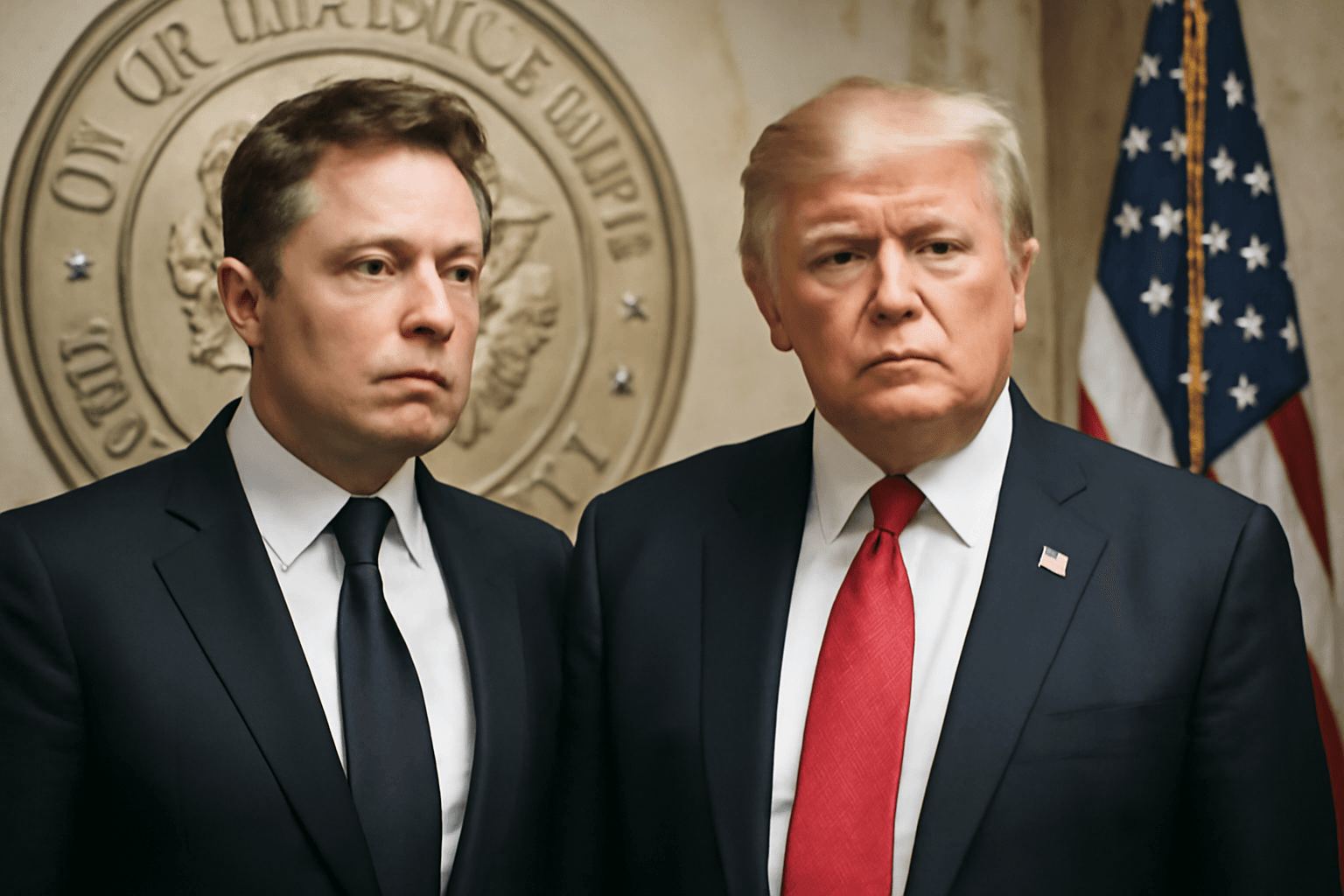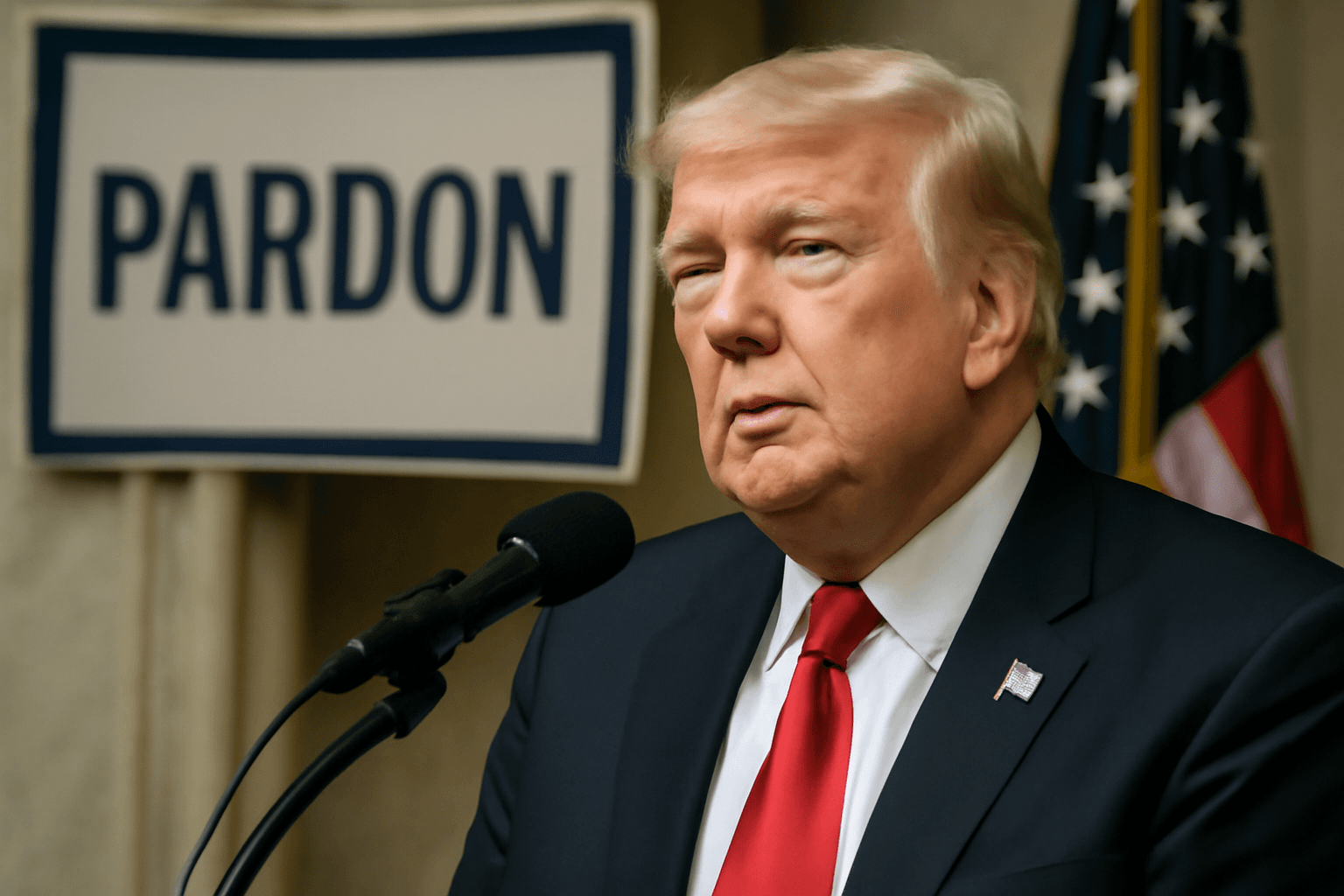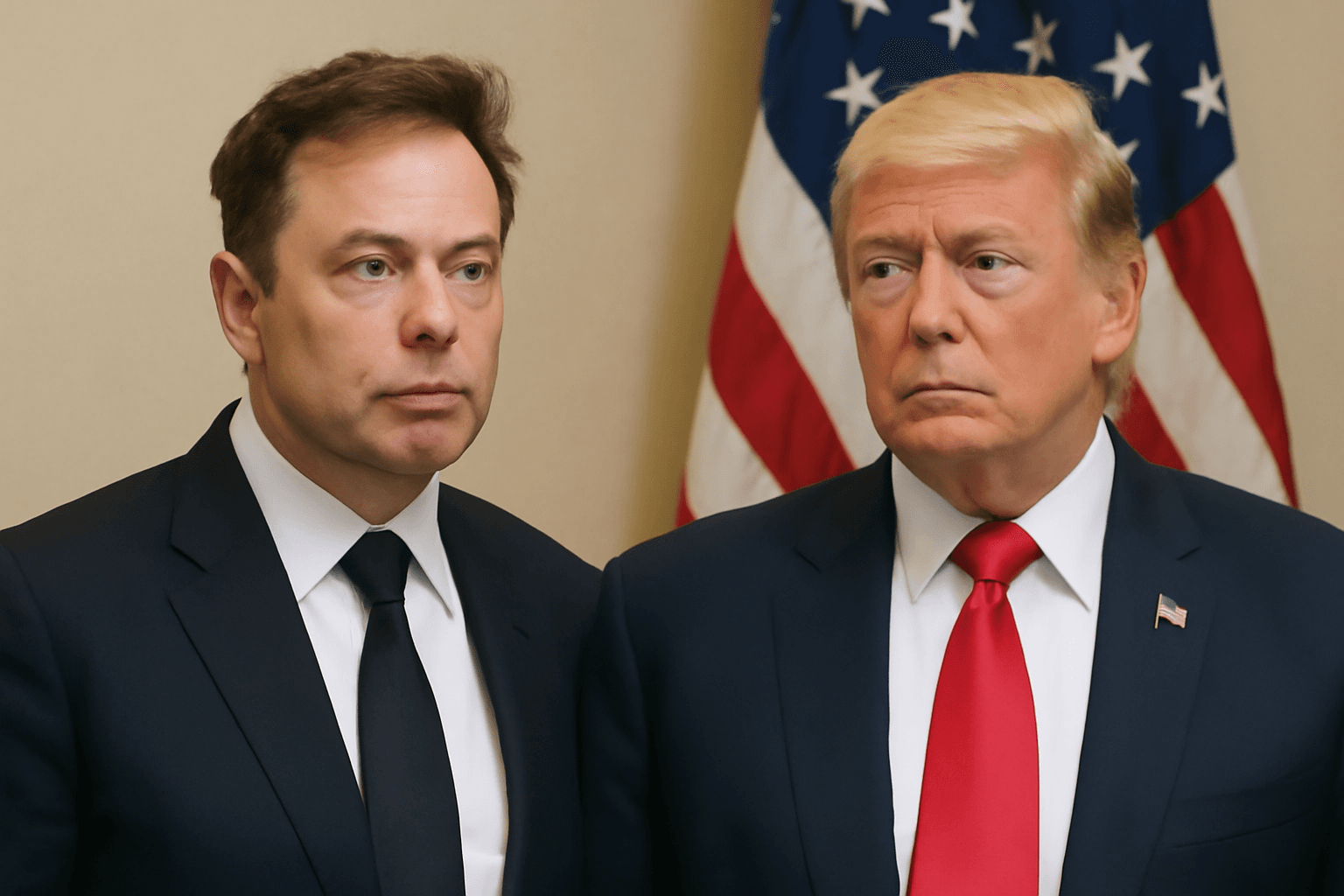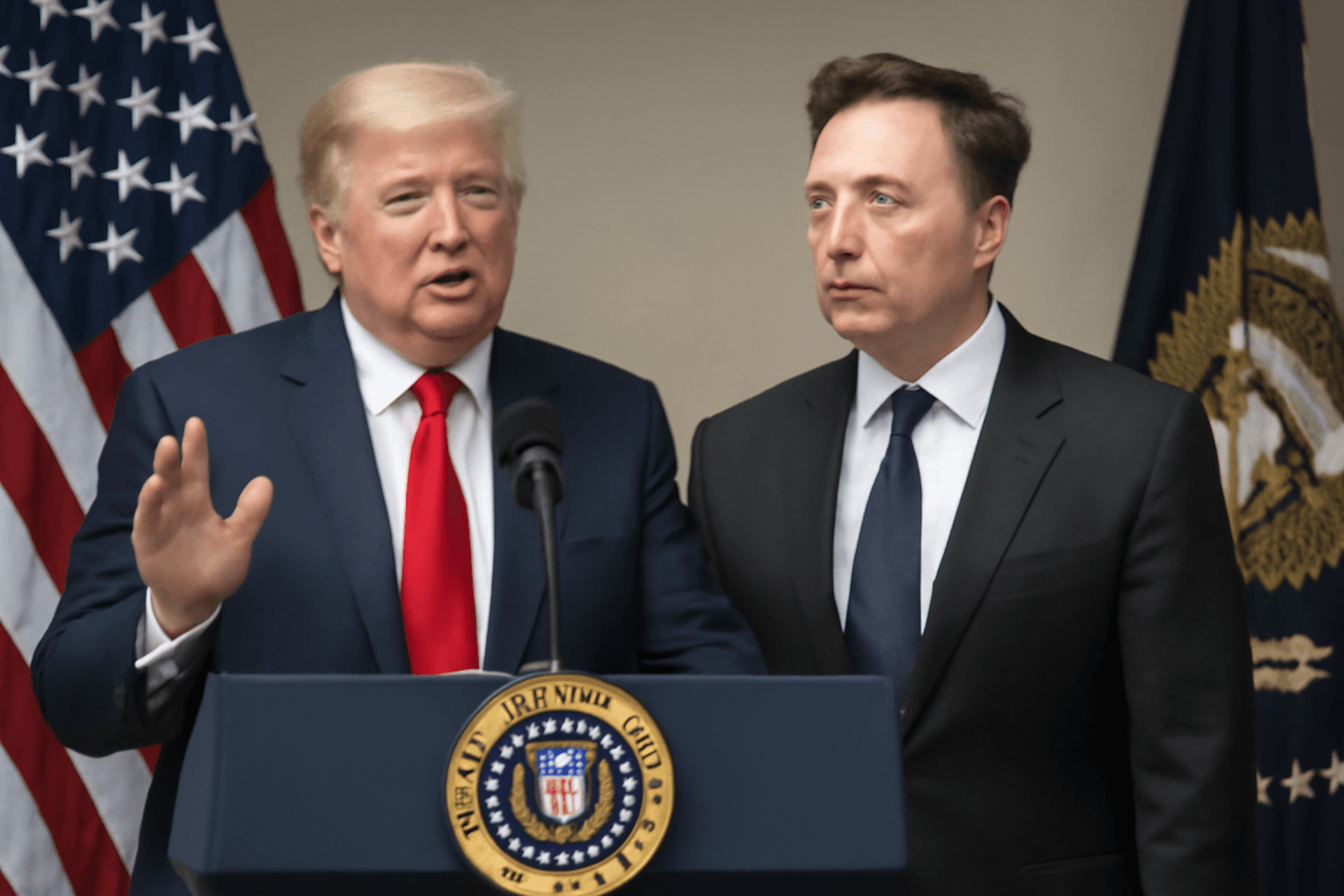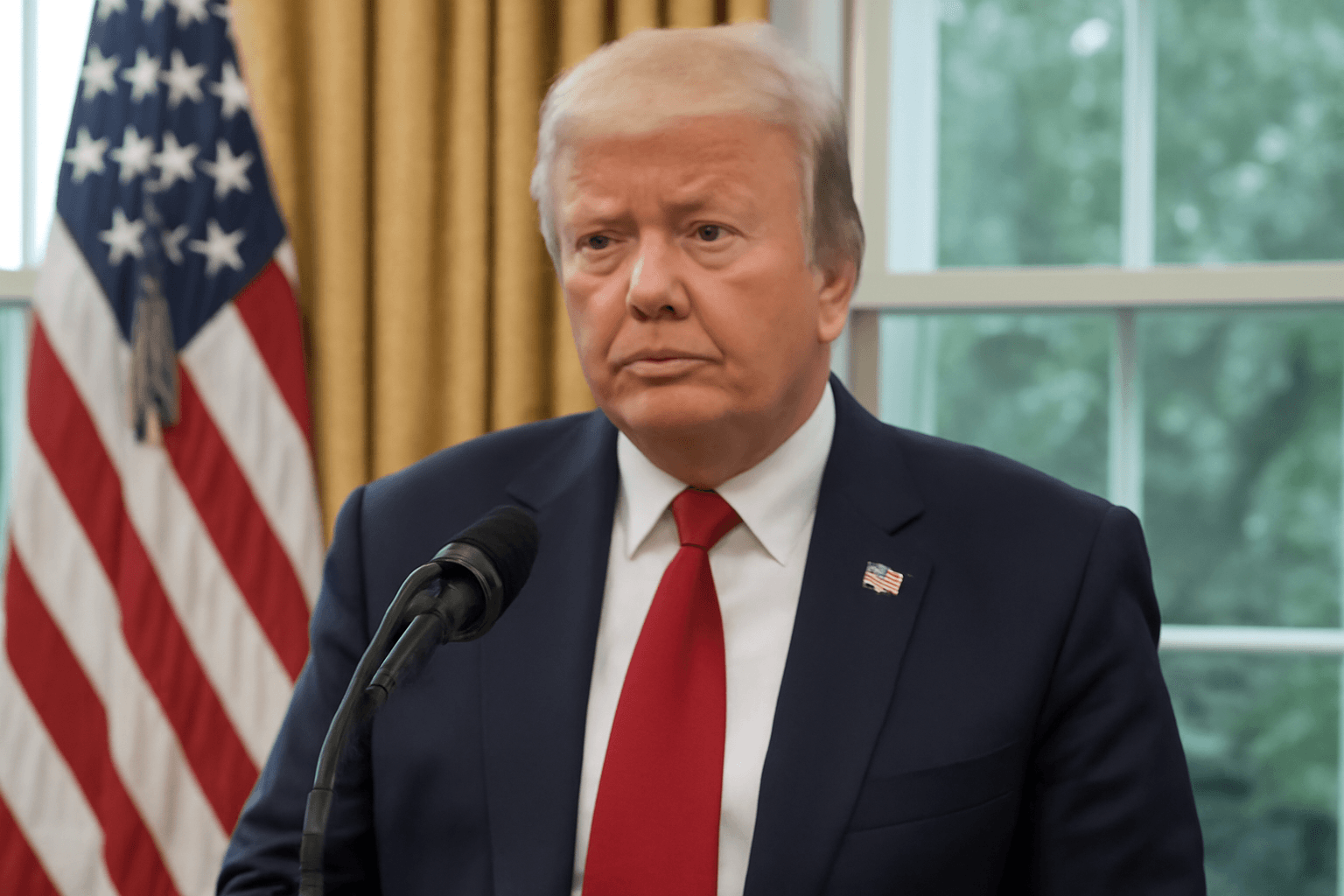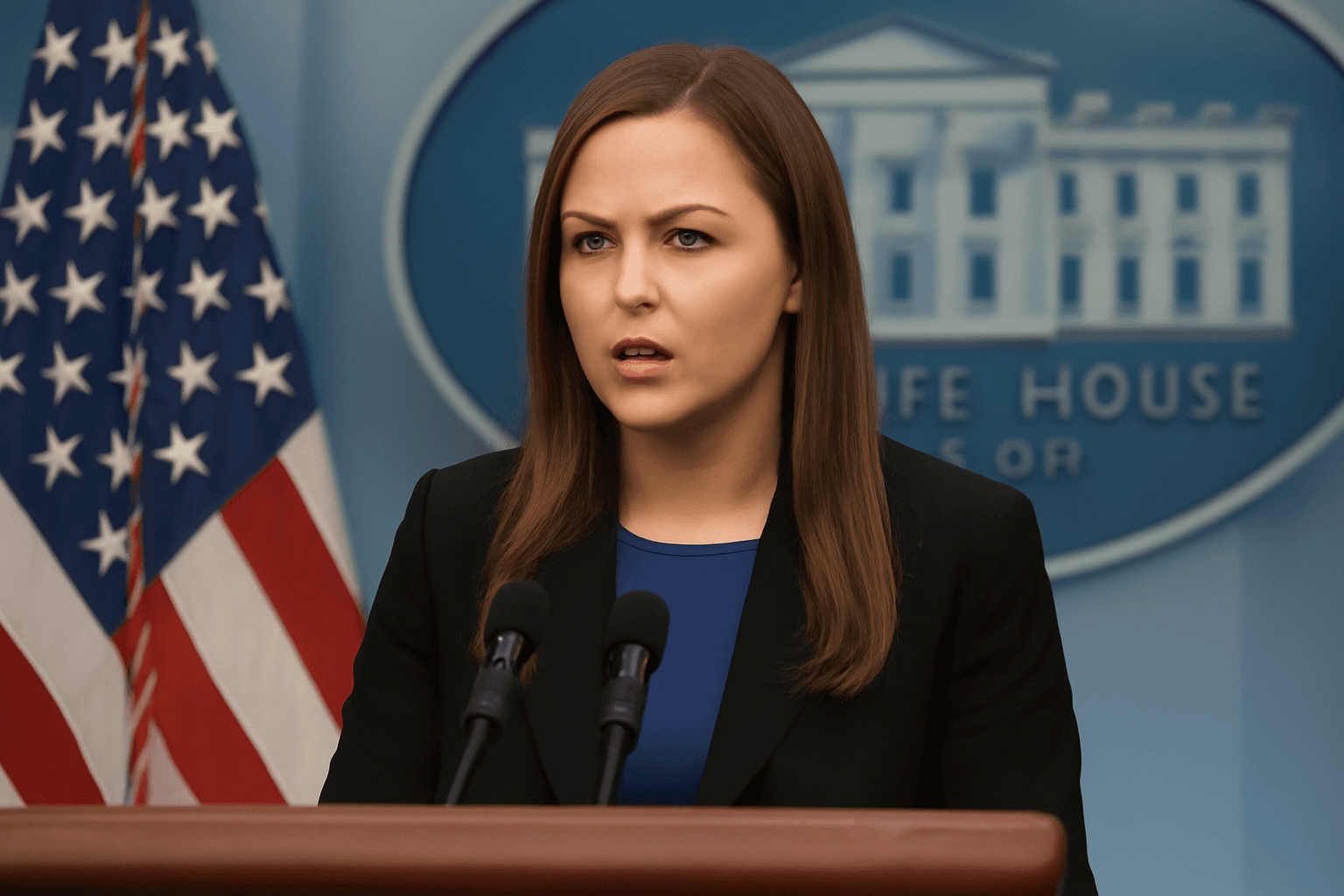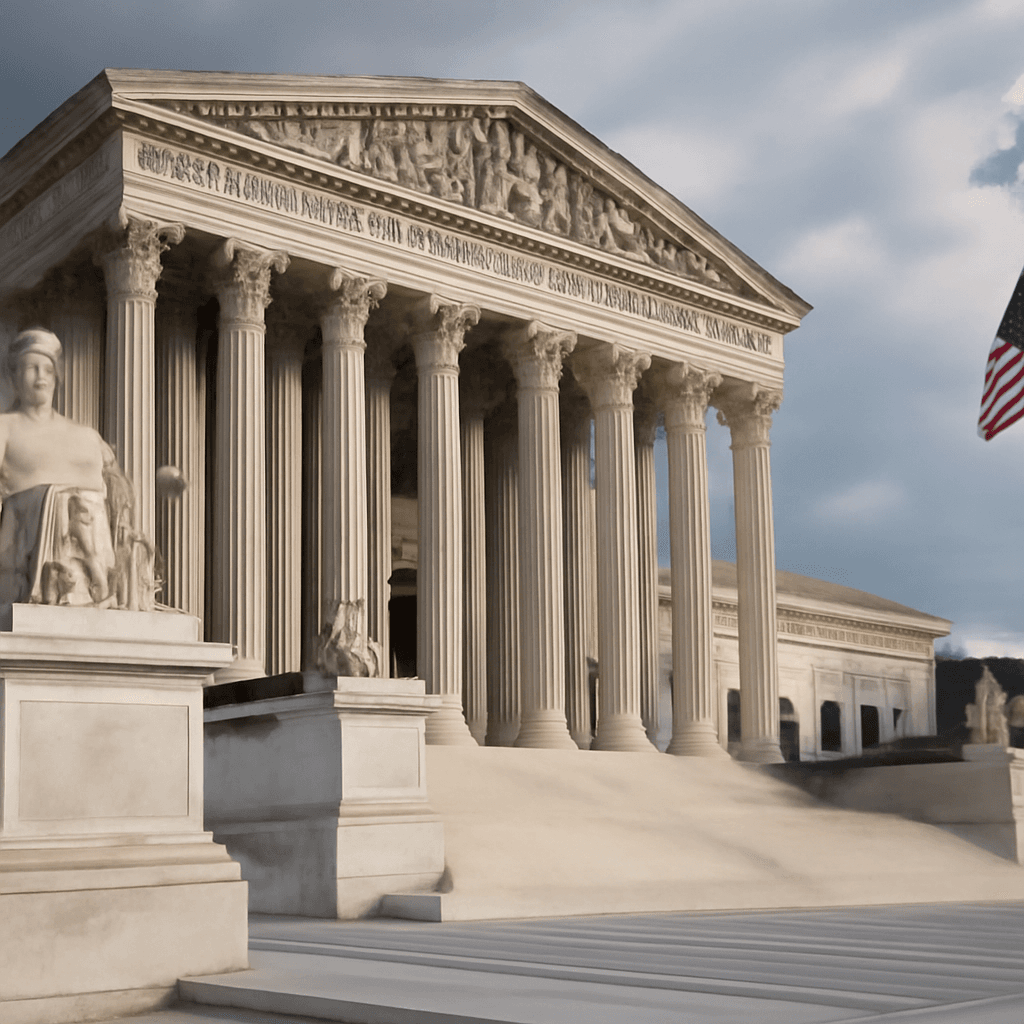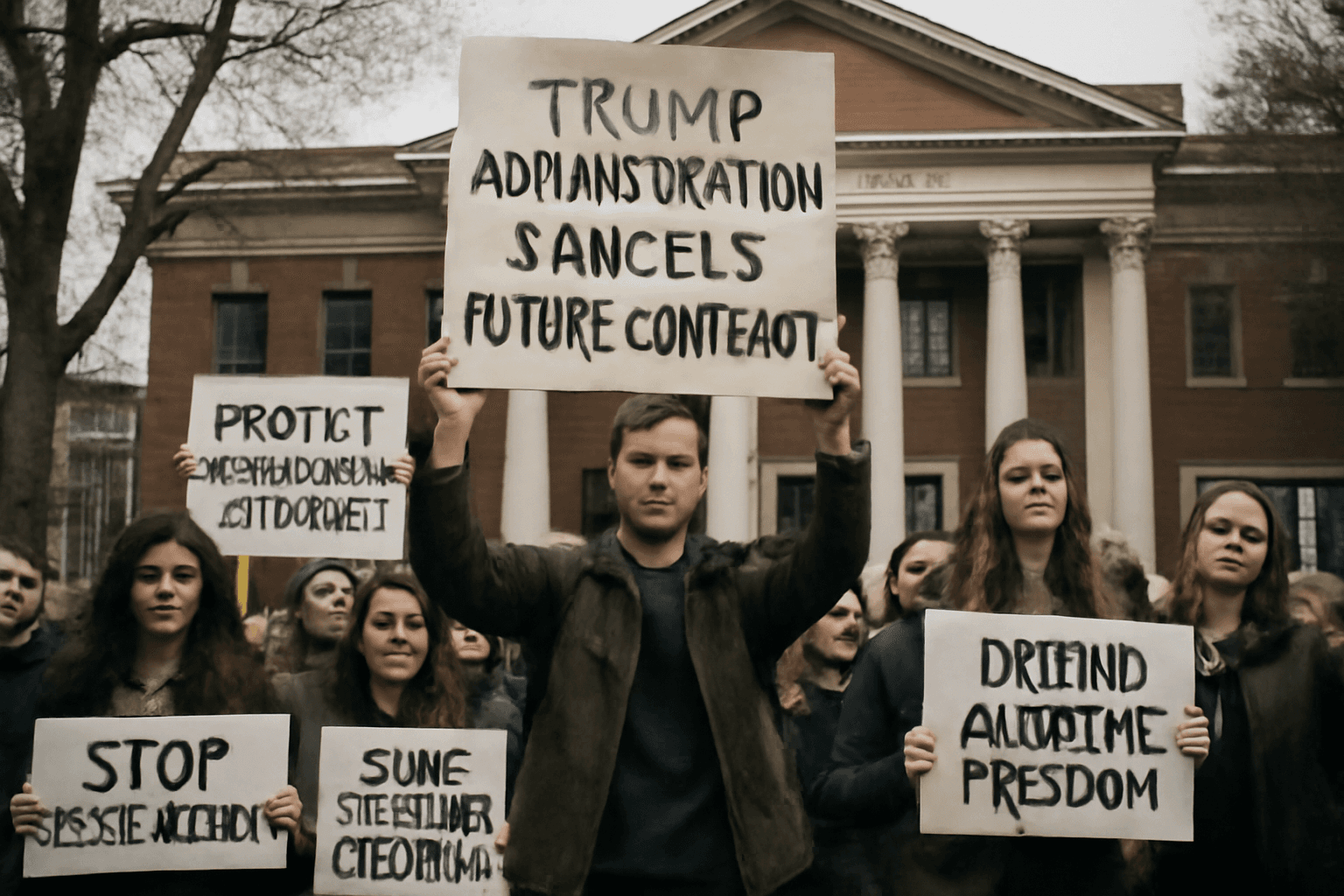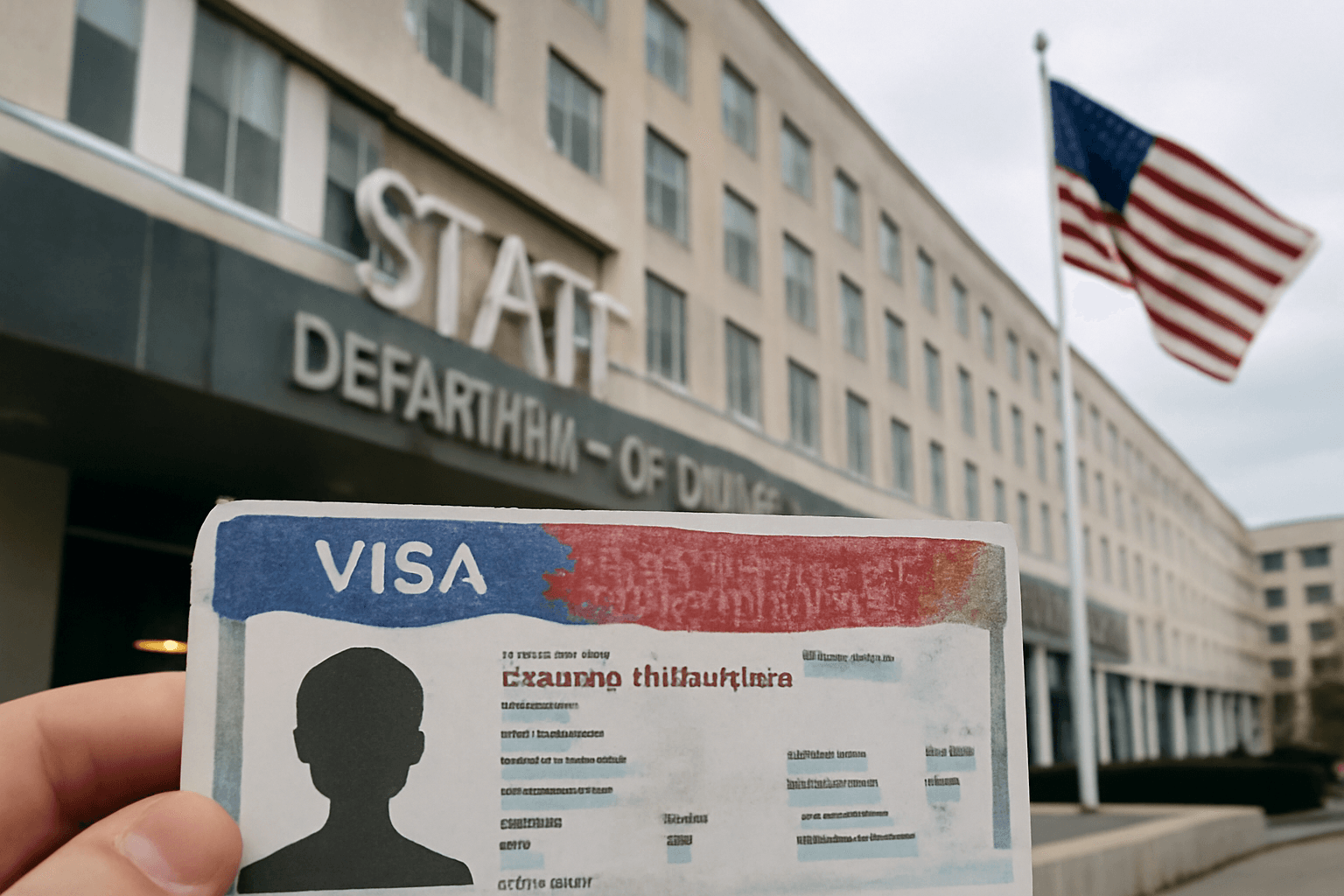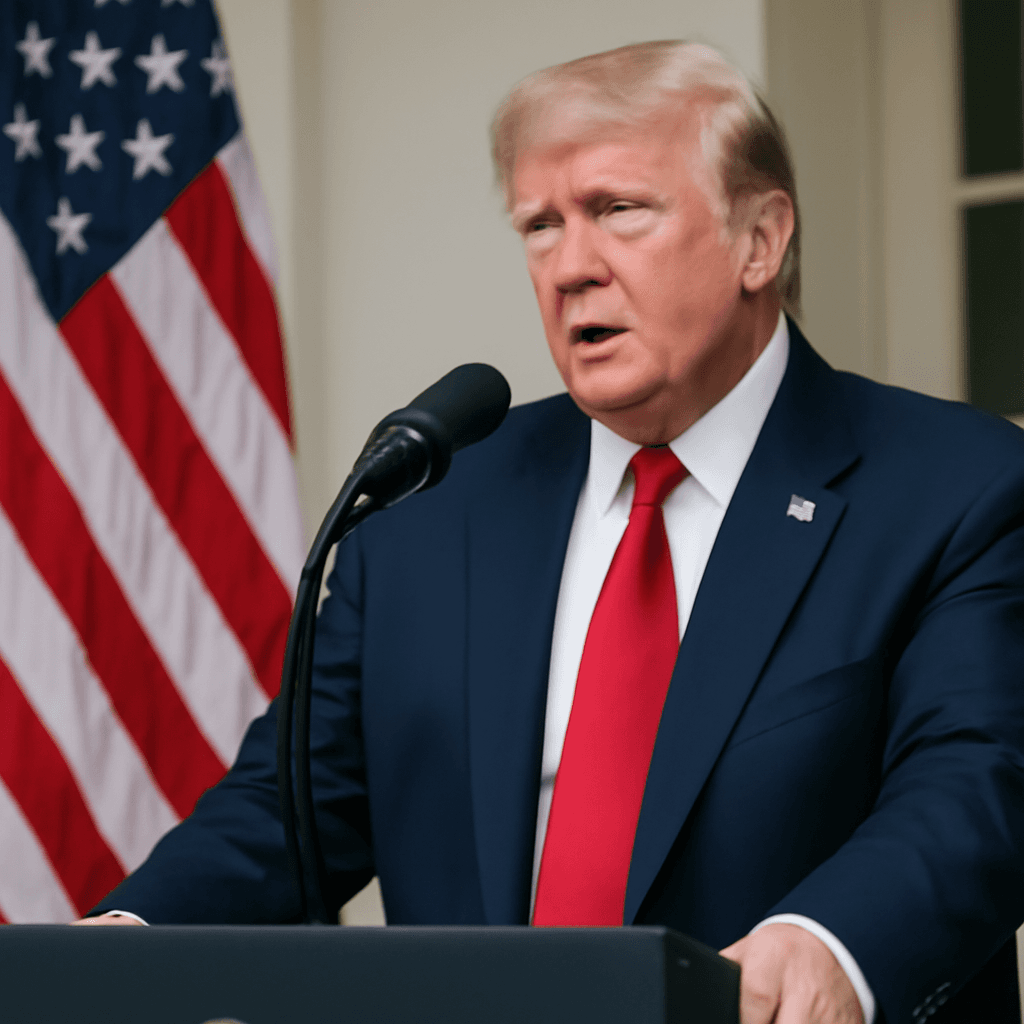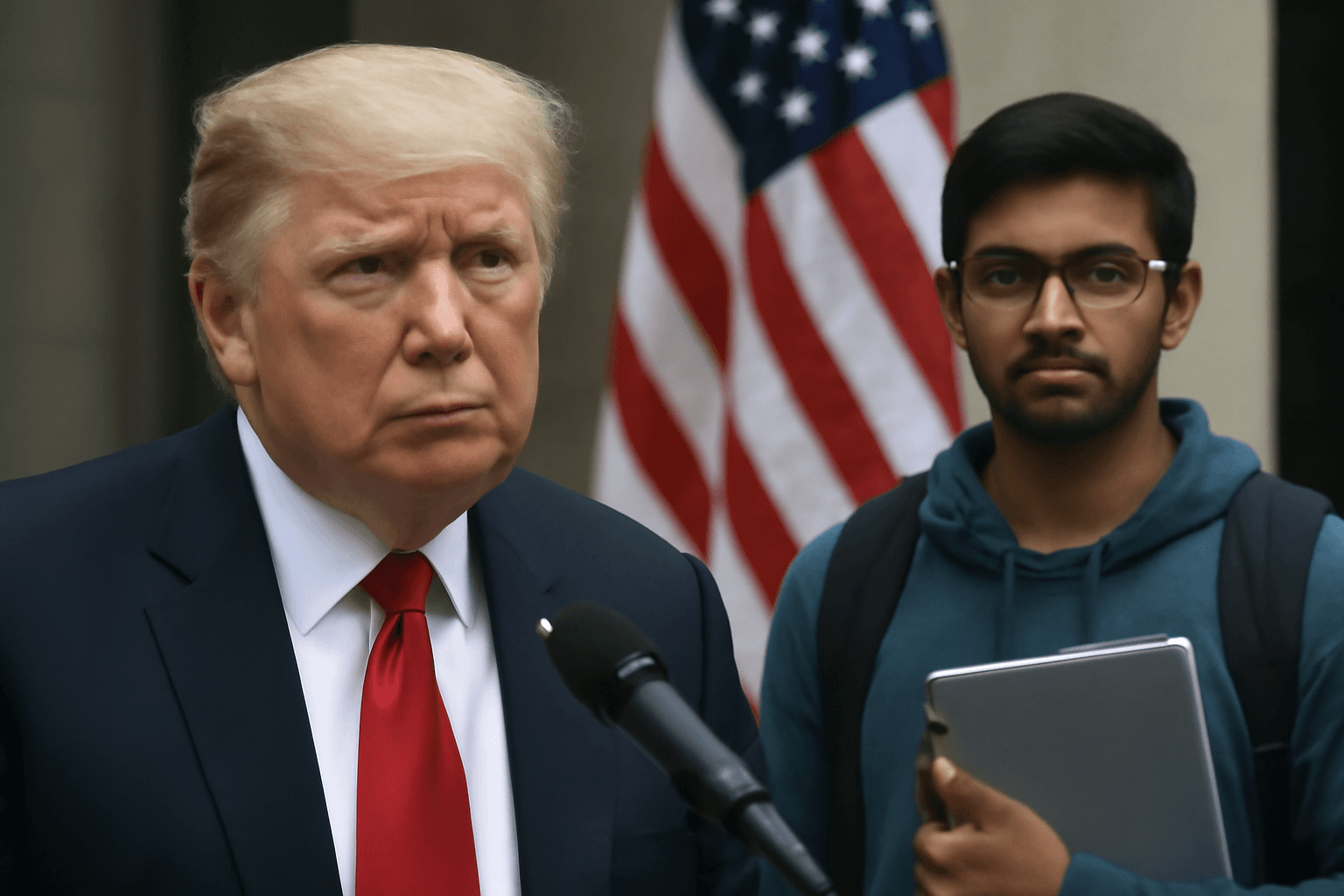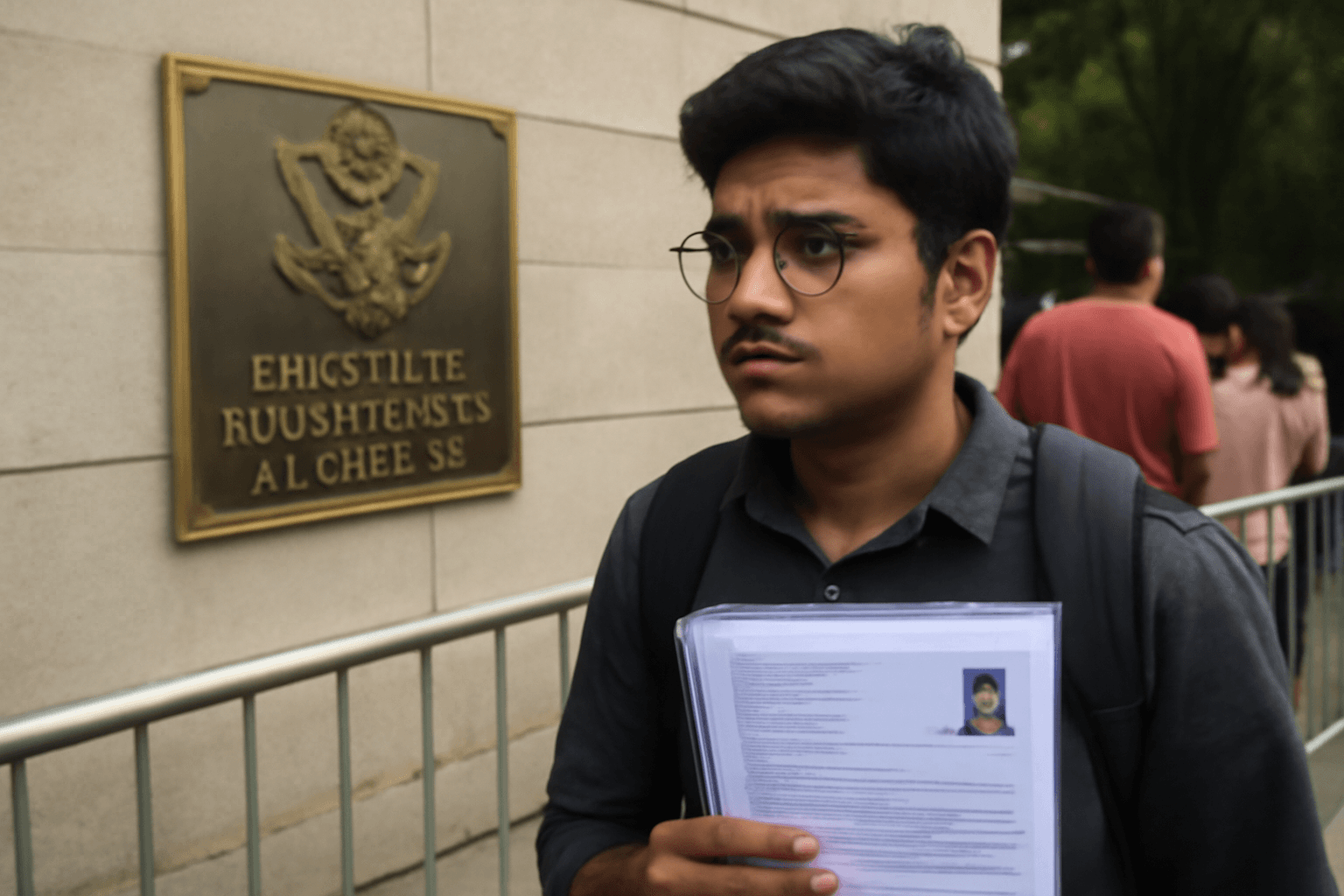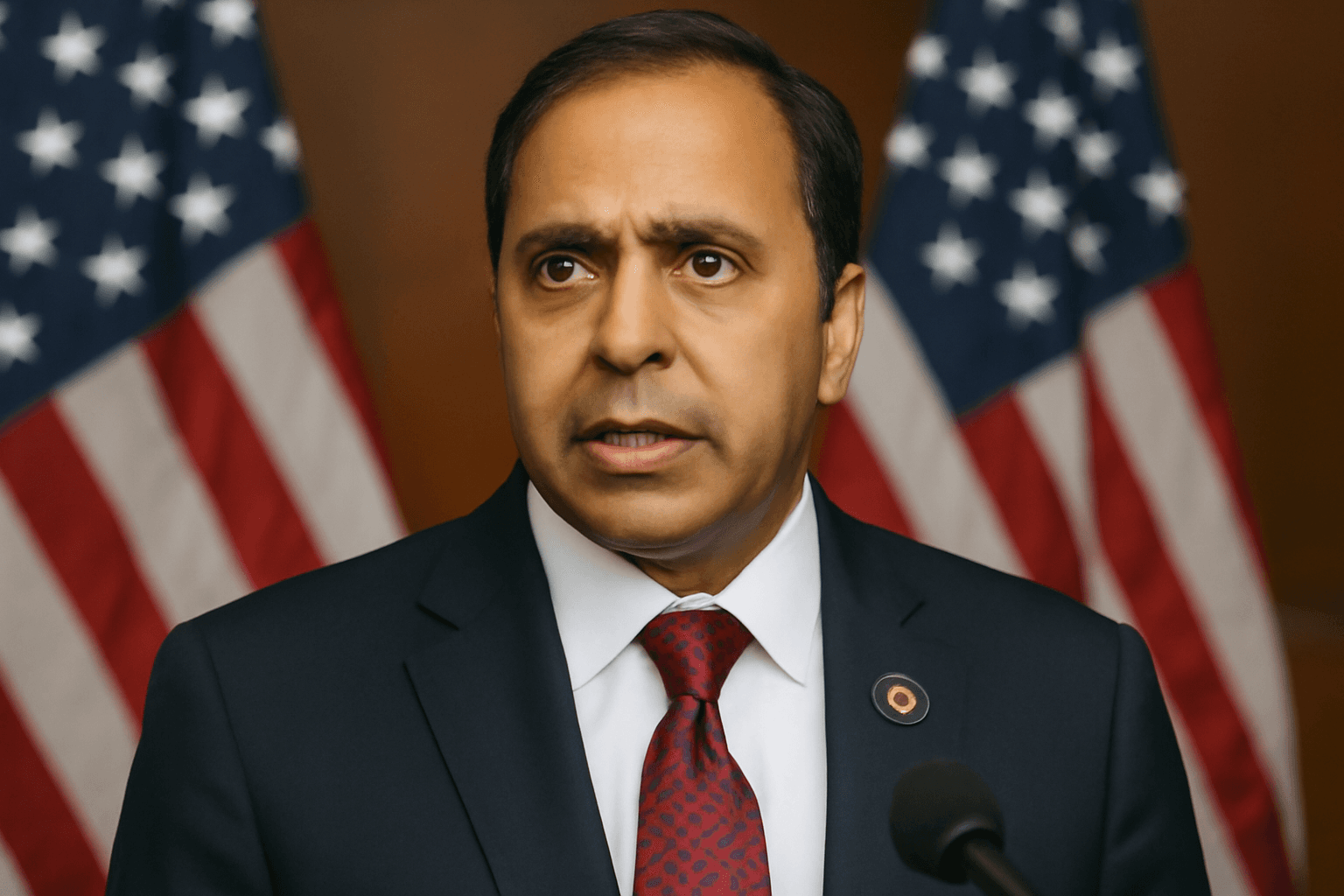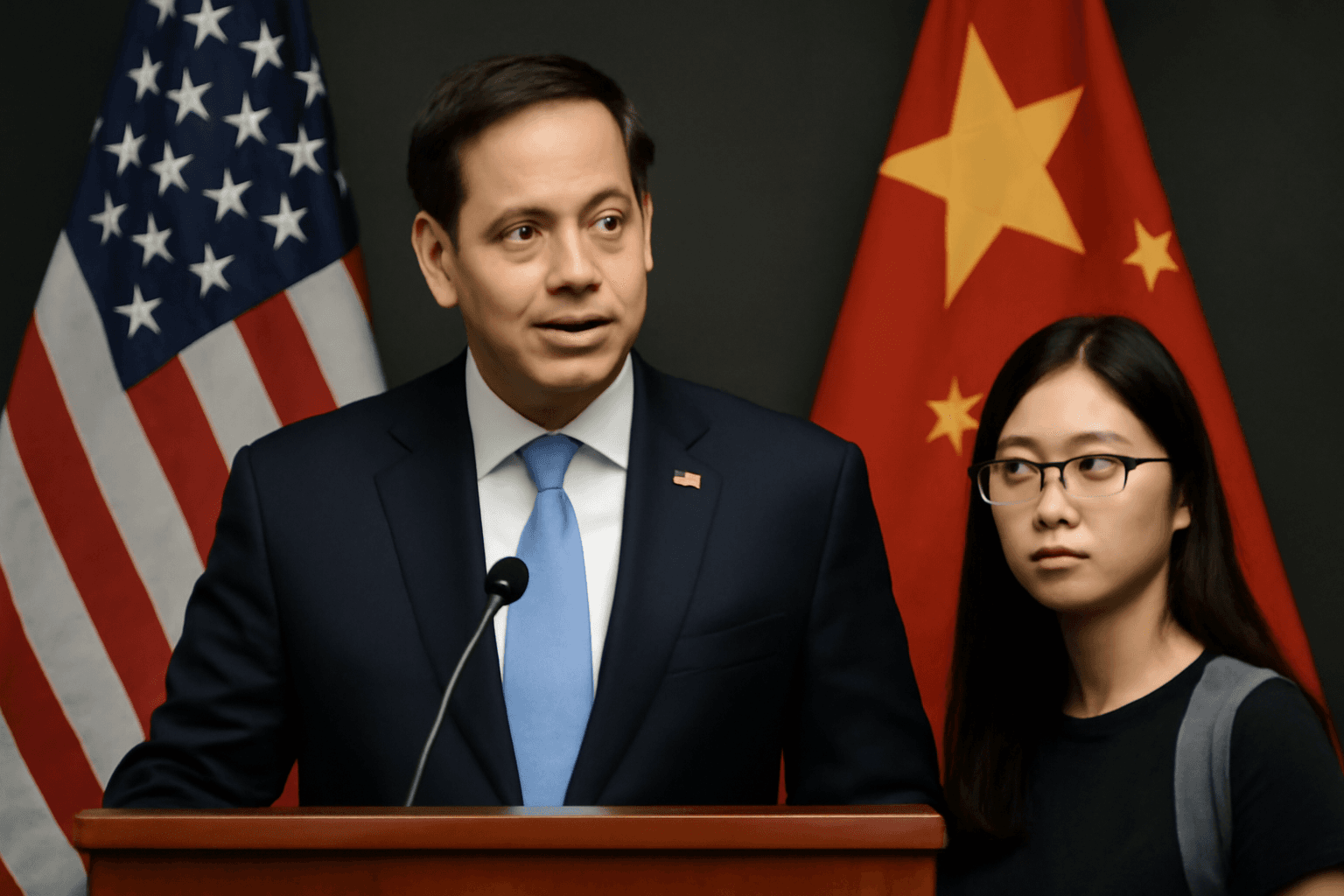Trump Administration Appeals to Supreme Court Over Federal Layoff Block
The Trump administration has filed an emergency motion with the US Supreme Court to overturn a lower court's injunction halting its plan for widespread federal layoffs and agency closures. The administration asserts that the President holds the authority to make staffing decisions without requiring Congressional approval.
Lower Court's Temporary Block on Layoffs
A US District Judge, Susan Illston, issued a ruling that temporarily blocks the termination of tens of thousands of federal positions and the closure of regional offices. The decision followed legal challenges brought forth by labor unions, nonprofit organizations, and city governments, who argue these actions will harm essential services.
Administration's Argument and Judicial Opinions
The Justice Department labeled the lower court's decision as "indefensible," emphasizing the need to implement urgent cost-saving reforms. Conversely, Judge Consuelo Callahan dissented, stating that the administration is likely to succeed in the case and should be allowed to continue its policies during judicial review.
Overview of the Proposed Restructuring Plan
The proposed restructuring is part of a broader government efficiency initiative aimed at:
- Eliminating overlapping roles
- Automating routine functions
- Reducing reliance on external contractors
Under leadership focused on government efficiency, this plan seeks to optimize federal operations but has met significant criticism.
Concerns from Critics
Opponents warn that the layoffs and closures could undermine critical public services including:
- Food safety inspections
- Disaster response capabilities
- Public health programs
Critics stress that these reductions could disproportionately impact vulnerable communities dependent on robust government support.
Implications and Next Steps
The Supreme Court's decision on whether to lift the injunction will significantly influence the timeline and scope of the administration’s downsizing efforts. The case highlights ongoing tensions over executive authority and the scope of federal workforce management.

